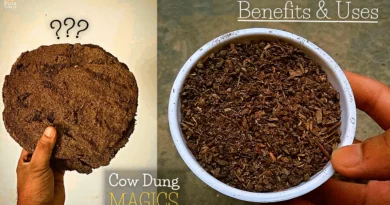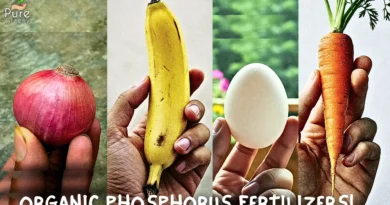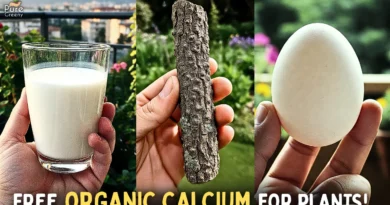Organic Sources of Potassium For Plants, & Its Benefits!
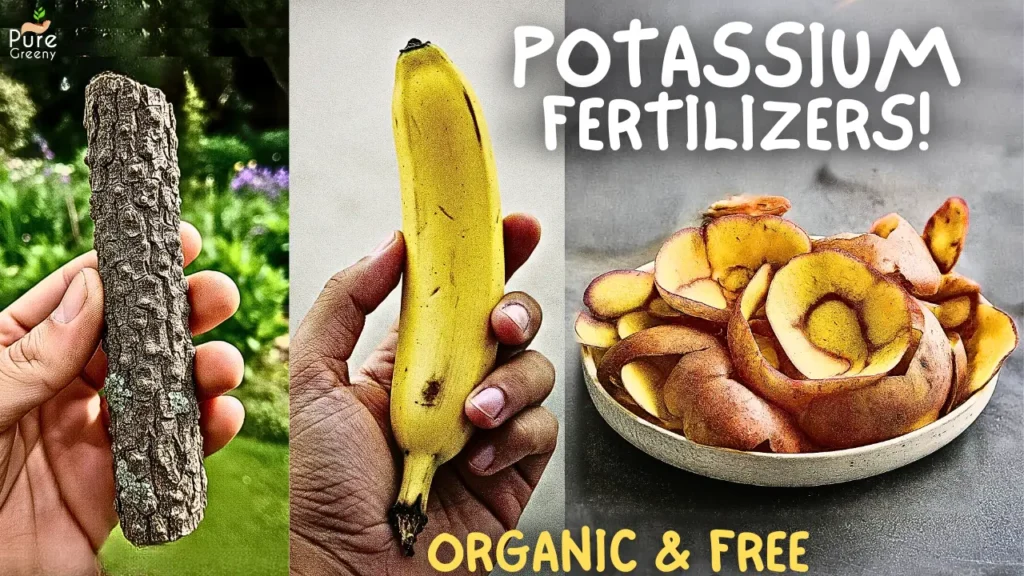
Potassium is an essential element required by all plants. In this Post, we will see what the organic sources of potassium are, how you can use them for your plants, and what benefits they provide. So, let’s begin.
Why Is Potassium Important for Plants?

Three elements are the most important in the life cycle of a plant: nitrogen, phosphorus, and potassium. Without these three elements, no plant can grow well.
Each element plays a specific role in the health of a plant — nitrogen promotes leaf and stem growth, phosphorus plays its role in root development and supports fruiting, while potassium is the key element in the flowering and fruiting of a plant.
Without enough potassium in the soil, a plant can grow leaves and roots, but flowering and fruiting won’t happen properly. In the ideal season, a few flowers or fruits may appear, but for the fullest and healthiest flowering and fruiting of a plant, an ideal amount of potassium in the soil is a must.
If your soil doesn’t have enough potassium, you’ll see dull growth, fewer buds and flowers, more pest attacks, and issues like fruit or flower drop.
So overall, potassium is one of the most important elements for a plant, and without it, a plant is unable to reproduce.
What Are the Benefits of Potassium in Plants?

There are a lot of benefits of using potassium fertilizers in soil.
- These include the healthiest and fullest flowering and fruiting of a plant. The plant will be able to produce more and more flowers, with all of them converting into fruit without dropping. The set fruits will grow bigger and more flavorful.
- Potassium also acts as a stress reducer. Plant stresses like drought, heat, and temperature fluctuations will all be handled more effectively if the soil is rich in potassium.
- With the use of potassium fertilizer, plants also grow vibrant and shiny leaves. Leaf colors appear deeper because potassium is responsible for chlorophyll production, which is the central element for leaf coloration.
- A potassium-rich mixture also enhances the nutrient intake of a plant — meaning the soil nutrients are absorbed by the roots more effectively.
So overall, potassium is a very useful element for plants, and you should always keep an organic potassium source for use.
Organic Sources of Potassium…
Now, let’s see some organic and free sources of potassium that you can use as fertilizer for your plants.
Banana peels:
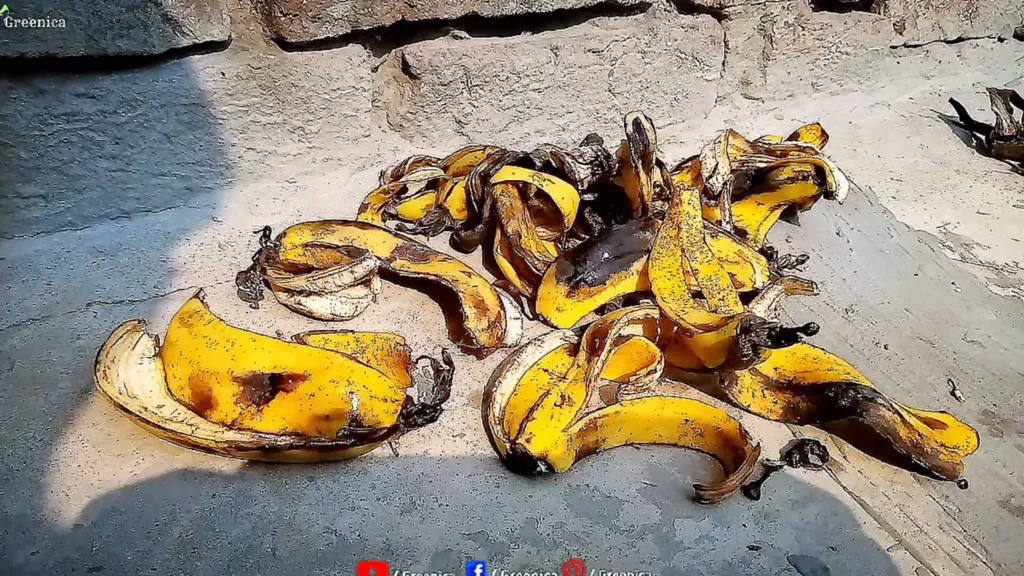
One of the most useful forms of potassium is banana peels. Banana peels are high in potassium, which makes them an excellent natural source for plants.
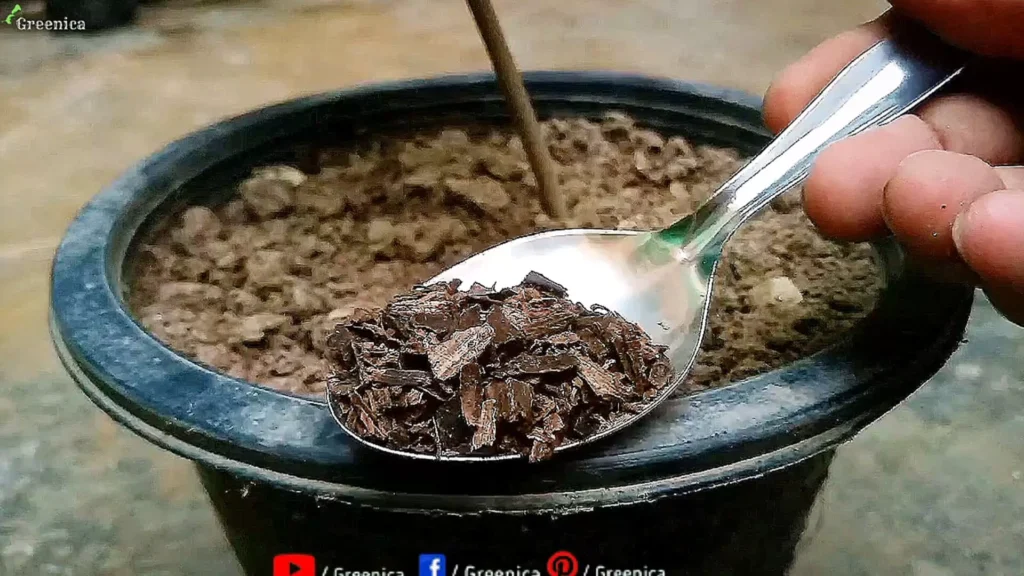
But using them correctly is very important — simply dry the banana peels in the sun until they turn black, then crush them into a powdery form for better absorption.
You can add this powder to the soil of any potted plant — around 1 to 2 tablespoons for a 5–7 inch pot is enough. Use only once a month, mix it well, and water thoroughly. The best time to use this fertilizer is during the growing season.
Wood ash:

Another organic and free source of potassium is wood ash. White or gray-colored wood ash contains a lot of potassium and calcium, which we can offer to our plants.
Simply use 2 to 4 tablespoons of wood ash for a 10-inch pot once a month. To learn more about the benefits of wood ash for plants, you can follow This Guide.
Potato Peels:

Another fertilizer that you can use as a potassium source is potato peels. Potato peels also contain a lot of potassium. You can dry them in the sun and crush them into powder form.
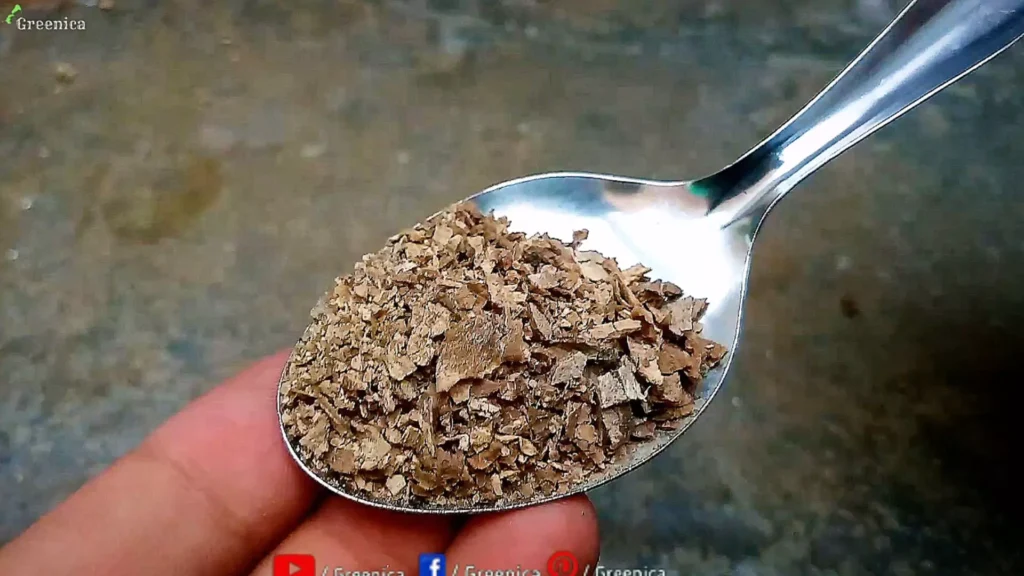
Add up to 3 tablespoons of potato peel powder to the soil of a 10-inch potted plant. Use only once a month — there’s no need to use it frequently. This will increase the potassium level of the soil, and you can use it for vegetable plants and fruiting trees.
Seaweed Fertilizer:
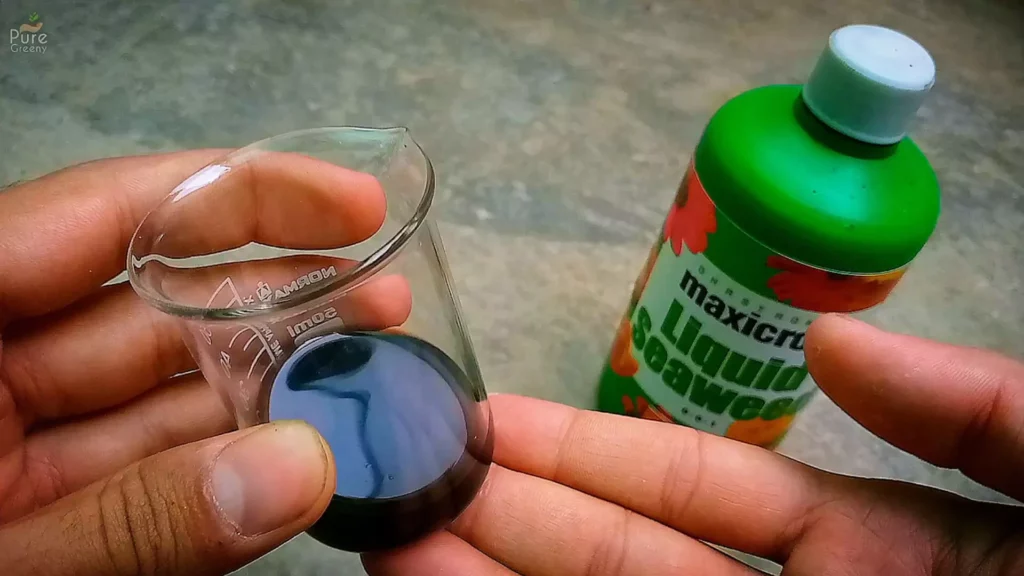
Another organic source of potassium is seaweed. Seaweed fertilizer not only contains potassium but also a variety of other plant-required nutrients.
Using seaweed provides the plant with all the essential trace elements. There’s also a Guide about seaweed benefits for plants added Here.
Does Every Plant Need Potassium?
Now, one important question — does every plant need potassium? Yes, indeed. Every plant on Earth requires potassium in its soil to grow well. Without potassium, no plant can grow properly — problems will appear sooner or later.
Right from the seedling stage, potassium is required so that the plant can prepare itself for future flowering and fruiting.
So, you must keep a potassium fertilizer at home and use it once in a while.
Side Effects…

There are also some side effects of using too much potassium fertilizer on plants.
- One issue is nutrient imbalance — this means the soil’s other nutrients become lower than potassium. Ideally, nutrients should be balanced equally. So, don’t use too much potassium fertilizer — a small dose once a month is enough.
- Too much use of potassium also affects microbial activity in the soil, which is the main pillar of organic gardening. To keep things under control, always use only a moderate amount of potassium.
- Overuse of potassium can also make the soil salty, and salty soil is not good for any plant. So be very careful — moderation is the key.
Besides potassium, nitrogen and phosphorus are also equally important. Detailed Guides on both of these elements are added on the screen — Nitrogen Benefits, Phosphorus Fertilizers, you can follow them.

